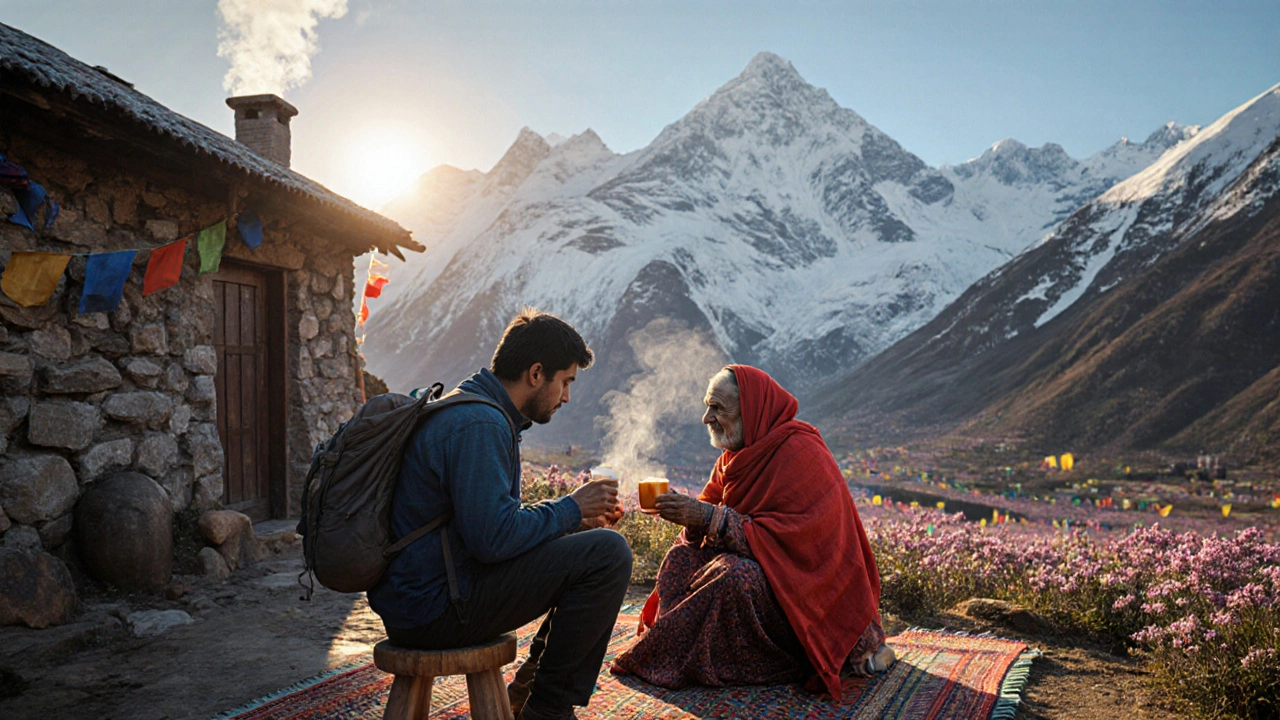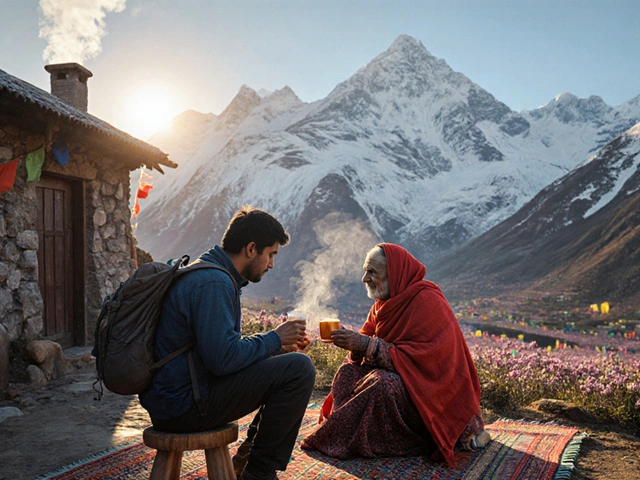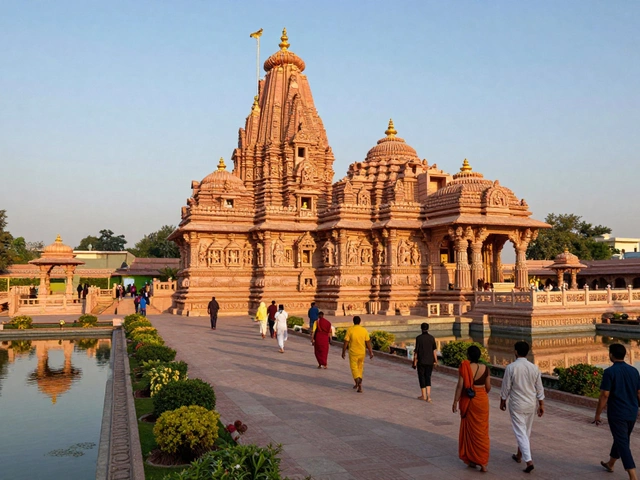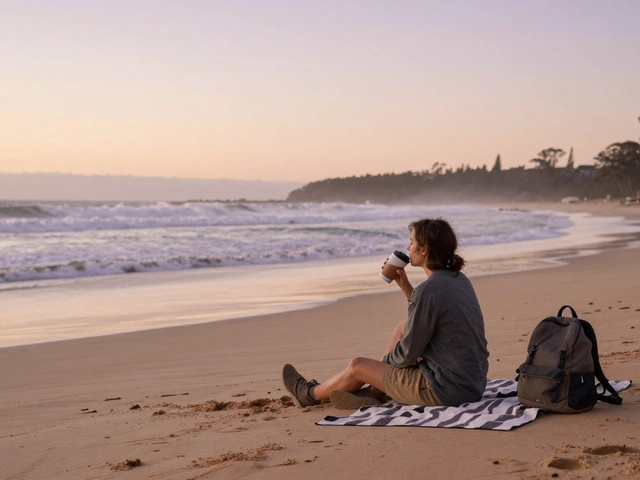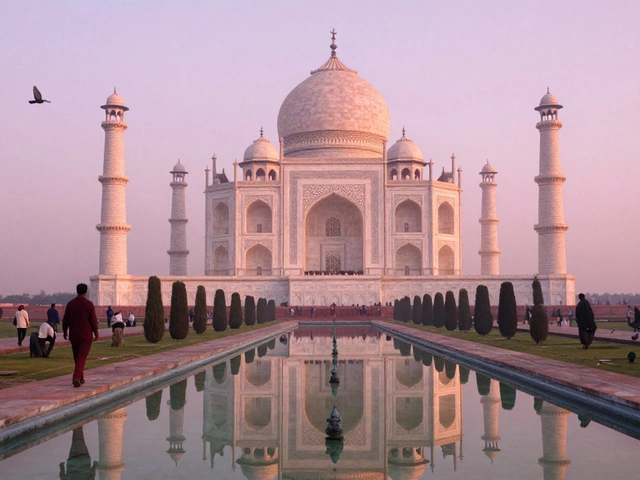Ethnic Tourism Destination Finder
Plan Your Ethnic Tourism Journey
Select your travel dates to see which ethnic destinations are accessible and what unique experiences await you.
Recommended Ethnic Tourism Destinations
Responsible Travel Tip: When visiting, always respect community guidelines and support local economies by choosing homestays run directly by families.
When you hear ethnic tourism in India is a travel niche that lets you step into the everyday lives of the country’s diverse peoples, from snow‑capped Himachal villages to bright‑colored festivals in Odisha. Instead of sticking to the usual monuments, you get to share meals, learn crafts, and celebrate rituals with locals. This guide shows why it matters, where to go, how to travel responsibly, and what to expect.
What Exactly Is Ethnic Tourism?
Ethnic tourism is a form of cultural tourism that focuses on the customs, traditions, and daily habits of specific ethnic groups. In India, the term covers over 2,000 distinct tribes and communities, each with its own language, dress, cuisine, and belief system. The goal isn’t just to see a dance performance; it’s to experience the context that gives the performance meaning.
Why Travelers Choose Ethnic Tourism in India
First, the sheer variety is staggering. You can wander through the Rhododendron‑filled valleys of the Gaddis in Himachal, blend into the vibrant tribal festivals of the Bhils in Rajasthan, or sit beside a Lakshmi‑worshipping family in Kerala’s Palakkad hills. Second, it offers authentic connections that typical sightseeing rarely provides. Third, many of these experiences empower local economies through community‑based tourism models, where revenue goes straight to the families hosting guests.
Key Destinations for Ethnic Experiences
Below is a quick look at the regions that consistently deliver deep ethnic immersion.
- North East India: Home to over 150 tribes, the states of Meghalaya, Nagaland, and Mizoram host the famous Hornbill Festival, a showcase of indigenous music, dance, and hand‑woven textiles.
- Rajasthan’s Desert Belt: The Bhil and Meena tribes keep age‑old hunting traditions alive, and desert camps often include storytelling sessions around a fire.
- Kerala’s Western Ghats: The tribal Paniyas and Kurichiyas invite visitors to learn bamboo crafting and traditional medicinal practices.
- West Bengal’s Sundarbans: Beyond tiger sightings, the local Munda community showcases boat‑building skills passed down for generations.
- Gujarat’s Kutch Region: The Rabari and Ahir shepherds host homestays where you can try goat milk cheese and witness the famous Rann Utsav desert festival.
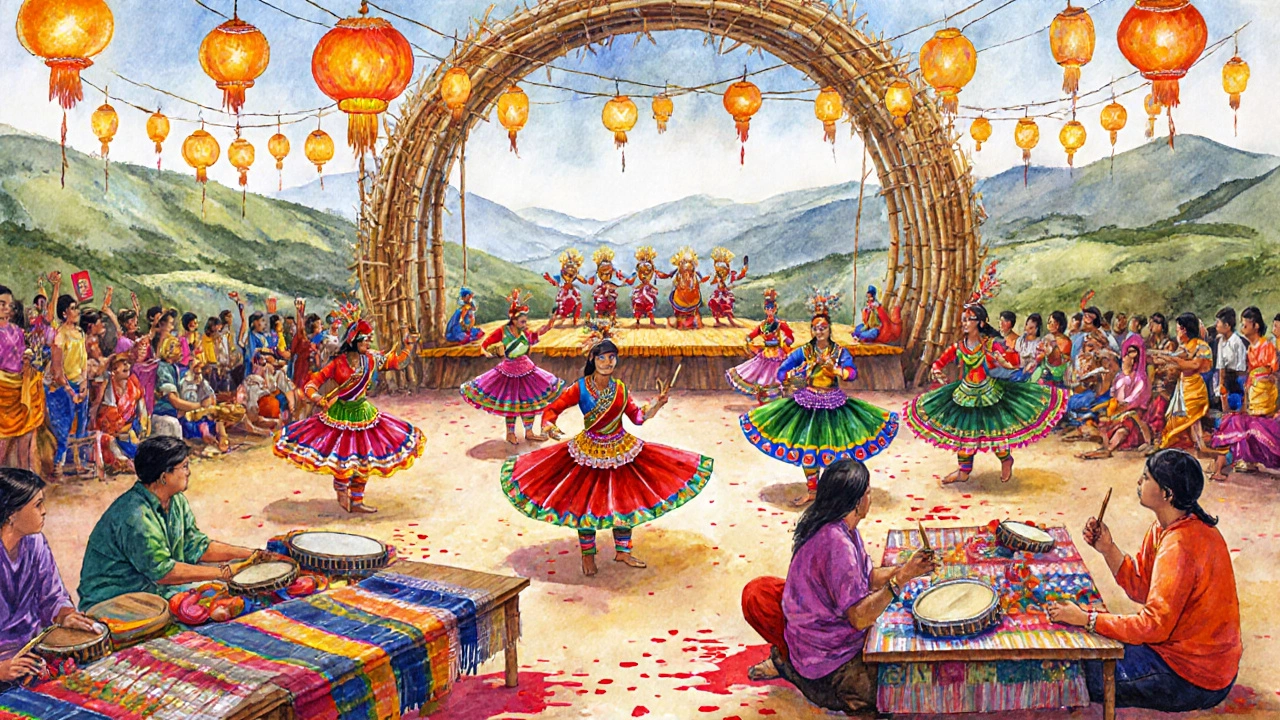
How Ethnic Tourism Connects With Other Forms of Travel
It overlaps with eco‑tourism when trips prioritize low‑impact activities in fragile ecosystems, and with community‑based tourism when locals own the accommodations and guide services. In many cases, a single itinerary checks all three boxes, giving you nature, culture, and economic benefit in one package.
Responsible Travel Checklist
To make sure your visit supports the community rather than exploiting it, keep this short list in mind.
- Research the community’s guidelines. Some tribes request that visitors refrain from taking photographs of certain rituals.
- Choose locally owned homestays. Platforms like “Tribal Guest House Network” list homes run directly by families.
- Buy authentic handicrafts. Look for items made on the spot-like handicraft markets in Sikkim selling hand‑spun yak wool scarves-rather than mass‑produced souvenirs.
- Participate, don’t just observe. Offer to help with cooking, weaving, or even a day’s field work if invited.
- Leave a tip that respects local wage standards. A modest 10‑15% of the homestay cost is usually appreciated.
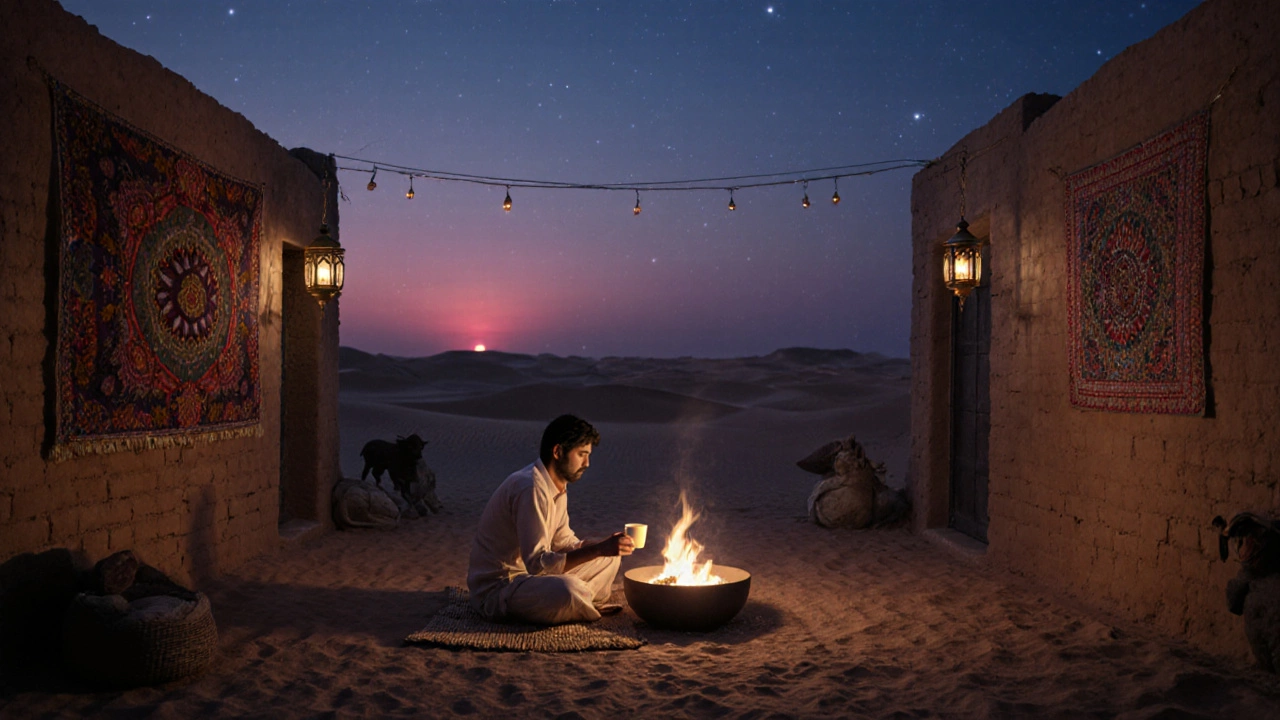
Common Challenges and How to Overcome Them
Traveling off the beaten path brings unique hurdles.
- Limited connectivity. Expect sparse internet; bring a local SIM card and download offline maps.
- Language barriers. While Hindi and English are common in tourist hubs, many tribal groups speak their own dialects. Learning a few basic phrases or hiring a local guide can bridge the gap.
- Seasonal access. Monsoons can wash out roads in the Western Ghats and the Northeast. Plan visits between October and March for most regions.
Future Trends in Ethnic Tourism
Digital platforms are now letting artisans sell directly to global buyers, which could reshape how travelers engage with communities. Virtual reality tours are also emerging, offering previews of remote villages before you book a trip. However, the core appeal remains the same: genuine human connection.
Quick Takeaways
- Ethnic tourism lets you live like a local, not just observe.
- India’s tribal diversity offers distinct experiences in every corner of the country.
- Combine it with eco‑tourism or community‑based tourism for a fuller impact.
- Travel responsibly: respect customs, support local economies, and travel lightly.
- Plan for seasonal access and limited connectivity to avoid surprises.
| Region | Tribe / Community | Signature Activity | Best Months |
|---|---|---|---|
| North East (Meghalaya, Nagaland) | Garo, Naga | Hornbill Festival, bamboo craft workshops | Nov-Feb |
| Rajasthan (Jodhpur, Bikaner) | Bhils, Meenas | Desert camp storytelling, camel milking | Oct-Mar |
| Kerala (Palakkad, Wayanad) | Paniya, Kurichiya | Bamboo weaving, herbal medicine tours | Oct-Mar |
| Gujarat (Kutch) | Rabari, Ahir | Rann Utsav, goat cheese making | Nov-Feb |
| West Bengal (Sundarbans) | Munda | Traditional boat building, mangrove ecology walks | Oct-Mar |
Is ethnic tourism the same as cultural tourism?
Cultural tourism is a broad umbrella that includes museums, monuments, and festivals. Ethnic tourism hones in on the lived experiences of specific ethnic groups, often in rural or remote settings.
Do I need a special permit to visit tribal villages?
Most villages allow visitors through local homestay operators without additional paperwork. However, protected areas like those under the UNESCO World Heritage Sites may require permits from the forest department.
How can I ensure my visit benefits the community?
Choose homestays run by the community, buy directly from artisans, and pay fair tips. Avoid middlemen agencies that take most of the revenue.
What should I pack for an ethnic tourism trip?
Pack modest clothing, a sturdy pair of walking shoes, a reusable water bottle, a basic first‑aid kit, and a portable charger. Sunscreen and insect repellent are essential in tropical zones.
Can I combine ethnic tourism with mainstream attractions?
Absolutely. Many itineraries pair a few days in Delhi or Mumbai with a week‑long stay in a tribal village, giving you both the iconic sights and the deeper cultural immersion.
